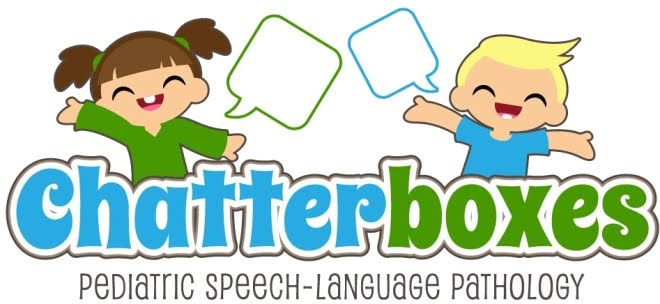
Outpatient Eating Disorders Program: Division of Adolescent Medicine
July 27, 2011
On behalf of The Feeding Group at Chatterboxes, Megan Rozantes, M.S., CCC-SLP was recently invited to present to the team members of the Outpatient Eating Disorders Program at Children’s Hospital Boston. Team members in attendance included physicians, psychiatrists, nutritionists, and social workers from the division of Adolescent Medicine.
An overview of Chatterboxes approach to Feeding Evaluations and Feeding Therapy was provided, along with discussions about Common Referral Criterion, Red Flags indicative of a Feeding Disorder and specific treatment approaches, including the AEIOU approach.
Children’s Hospital Team members were provided with extensive collateral materials for reference purposes. Such materials included example Evaluation Reports, detailed strategies and recommendations for parents of children struggling with feeding issues, common referral criterion, and feeding developmental milestones.
Many times parents of young children struggling with a range of feeding concerns, (varying from ‘picky eaters’ to children with severe sensory, behavioral and/or motor based issues) do not know where to turn for help. Many parents are not aware that Speech-Language Pathologists can provide assistance and treatment for a Feeding Disorder. The Feeding Group’s presentation was a positive measure to help such parents uncover the correct professionals for help

